Every so often, I award myself a symbolic pat on the back as some sort of recognition and reward for a job well done.
And nine times out of 10, life has a habit of shattering that complacency by reminding me never to let self-satisfaction rise above ground level.
The most recent dose of reality involved lungworm in the dairy heifer calves, when smugness at the stratospheric heights of my stockmanship was replaced with the sure and certain knowledge that I actually knew nothing.
To be fair, I now know an awful lot more about worms in cattle than I did three weeks ago.
In my ignorance, I thought that lungworm was a problem from the past, and one that the advance of modern medicines had made almost redundant.
We are all aware that lungworm has to be treated and controlled. But after years of working with strong store cattle, my only concerns tend to centre on the timing of pour-on applications, so that any reactions to these drugs do not coincide with stressful trigger points such as housing or mixing with strange cattle.
Of course, I have heard all the horror stories about certain products triggering pneumonia after treated animals cough up huge numbers of dead worms. I am also aware that some medicines are almost too effective, leading to anecdotal stories about two- or three-year-old heifers developing hoose due to insufficient exposure and a subsequent lack of resistance.
But these stories are a bit like break-ins and unannounced farm inspections – they only happen to other people, don’t they?
Evidence
With the benefit of hindsight (my most-used expression), I should have listened to the evidence in front of me.
Despite being injected with Cydectin LA before arriving here, then being treated with Dectomax pour-on in August, and again on 21 October, the dairy-bred calves had a slight cough around mid-November.
This was undoubtedly due to lungworm, but I overrode this consideration in favour of my own incorrect notion. I reckoned that the persistence of Dectomax, coupled to the lateness of the year, meant that November grazing would result in very low numbers of lungworm inside the calves. I was wrong.
The calves were housed on 25 November, and despite settling easily into their slatted accommodation, that slight cough persisted.
Nine days later (4 December) I noticed the cough was getting worse instead of better, so I phoned the vet. He said it was almost certainly lungworm, because the Dectomax would only have offered control for two weeks, meaning that the calves could have been re-infected during their final three weeks at grass.
Apparently, it has been an unprecedented year for lungworm numbers, due to the damp and mild conditions. As a result, I gave them another dose along their backs, then sat back and waited for an improvement.
Shock
Next morning, I got the shock of my life when I walked into the pen. It seemed that every animal had serious pneumonia, and was at death’s door.
In fact, six of them were very ill, and the other 24 weren’t looking too rosy either. The vet was summoned immediately, and we went through them very carefully.
He treated six of them with a cocktail into the vein and they were removed to a bedded shed. We then checked the temperatures of the rest, and some of them were running pretty high despite showing little sign of illness.
As a precaution, we treated the remaining calves with Resflor.
According to the vet, it was a classic lungworm scenario, where 24 to 48 hours after treatment of high burdens, the result is an outbreak of pneumonia due to the dead worms being coughed up.
At this stage, my natural pessimism bubbled to the surface and I announced that at least three calves were going to die. If you start off believing the very worst, then things can only improve.
The very poorest heifer was lying with her head turned onto her ribs, and was breathing in a series of loud grunts. Despite telling myself to go away and leave her, I peeped in at her about 25 times during the afternoon.
First attempt
I went to bed that night with the world upon my shoulders. My first attempt at contract-rearing heifers, and I had managed to kill half the cattle in my care.
Next morning, I walked up the yard with my heart in my mouth – what sort of a scene would confront me?
The six heifers were standing at a trough looking for their meal. In truth, they weren’t all skipping around the yard, but the improvement was miraculous nonetheless.
The remaining ones in the slatted house were all fine too, and over the next two or three days, everybody returned to normal.
Inquest
The inquest into this event has thrown up some interesting theories. Some people tell me I should have used something cheap and cheerful on them, and not a high-efficiency product such as Dectomax.
This might have let them develop a bit more immunity. There is no doubt that I should have treated them a week before housing so that no lungworm was present during the stressful settling-in period. I will remember this for next year.
And talking of next year, careful consideration will need to be given to the dosing plan for their second season at grass.
One man I have since spoken to seemed very familiar with the headaches around lungworm, and apparently the Dictol vaccine is making a return on some farms, which is a real step back in time.
After this living nightmare happening to me, I am wide open to all suggestions.




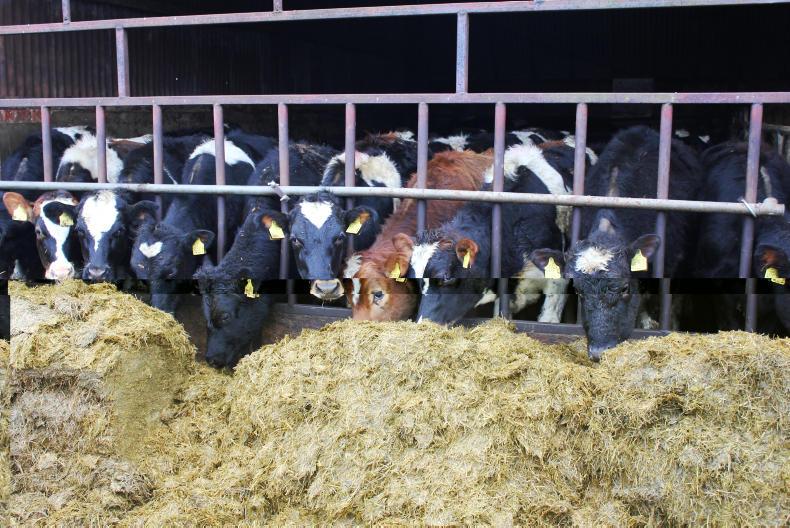
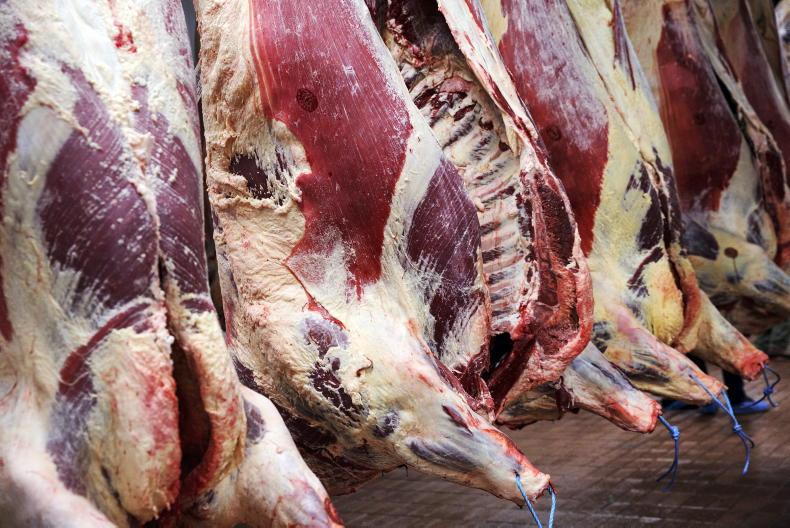

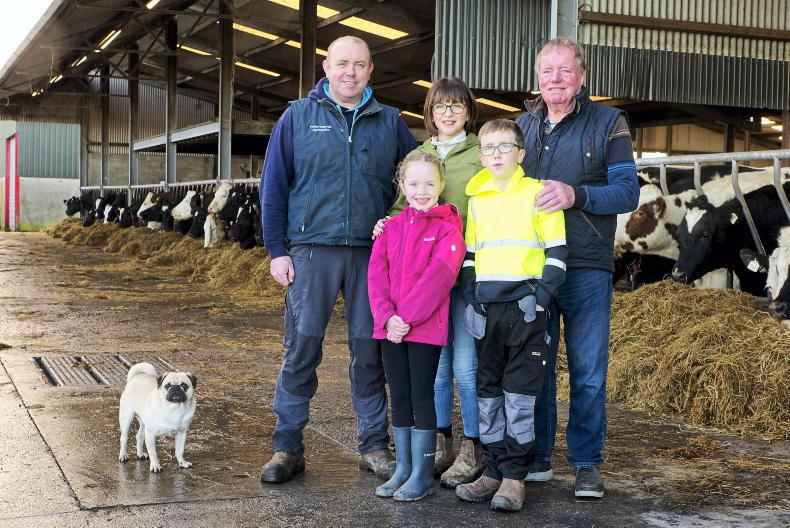
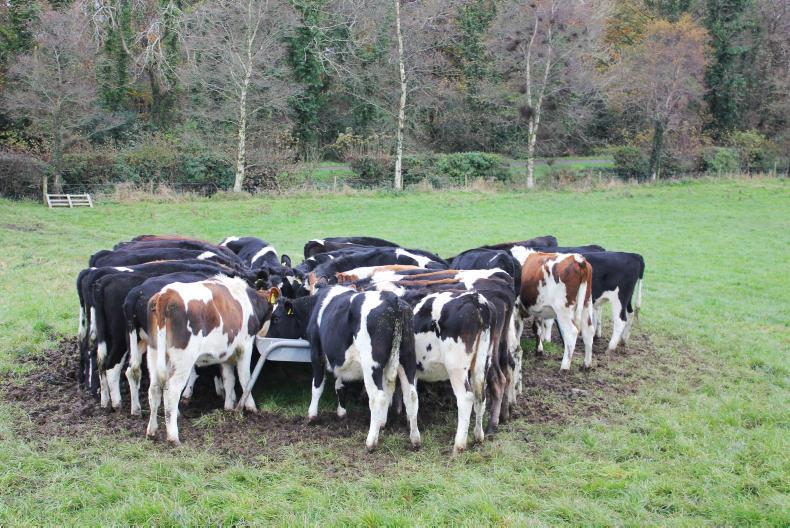
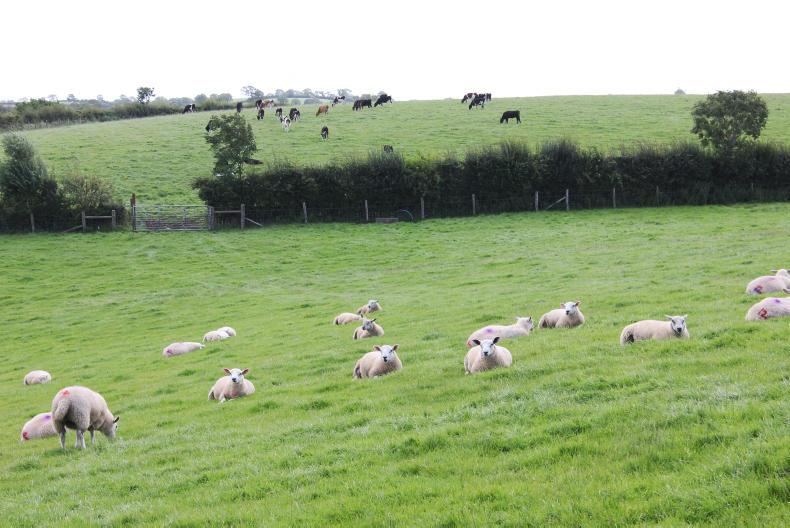
SHARING OPTIONS